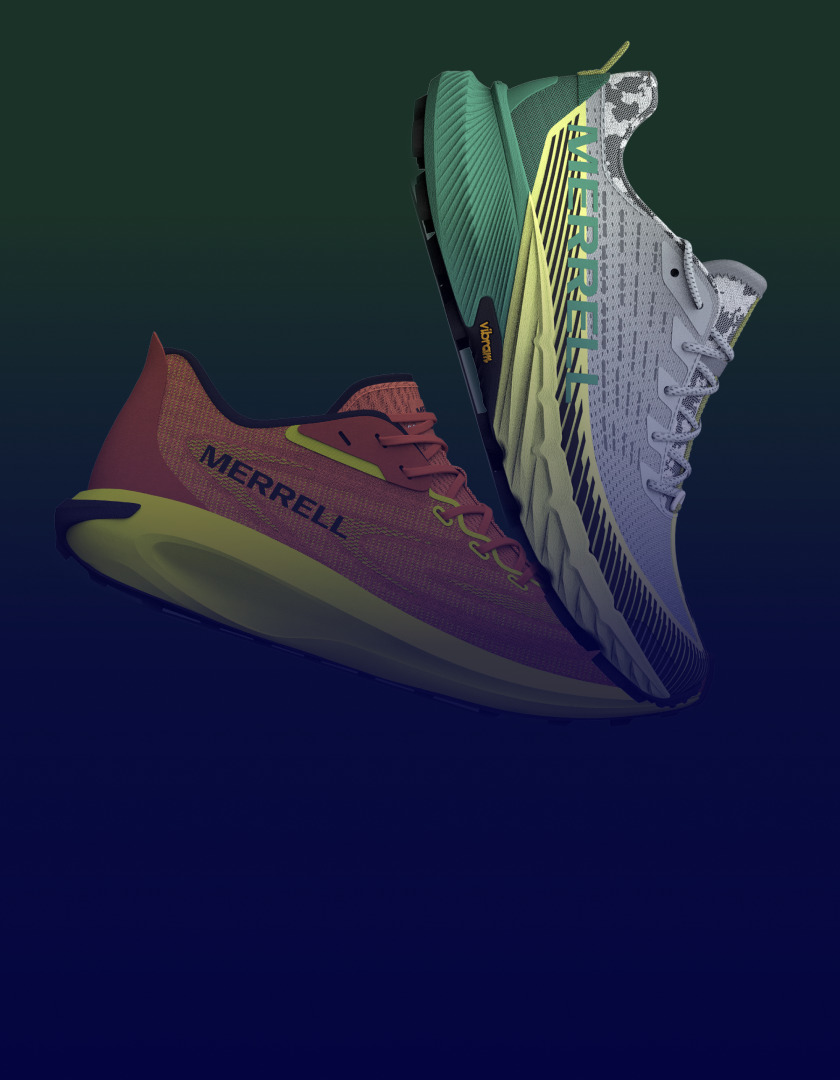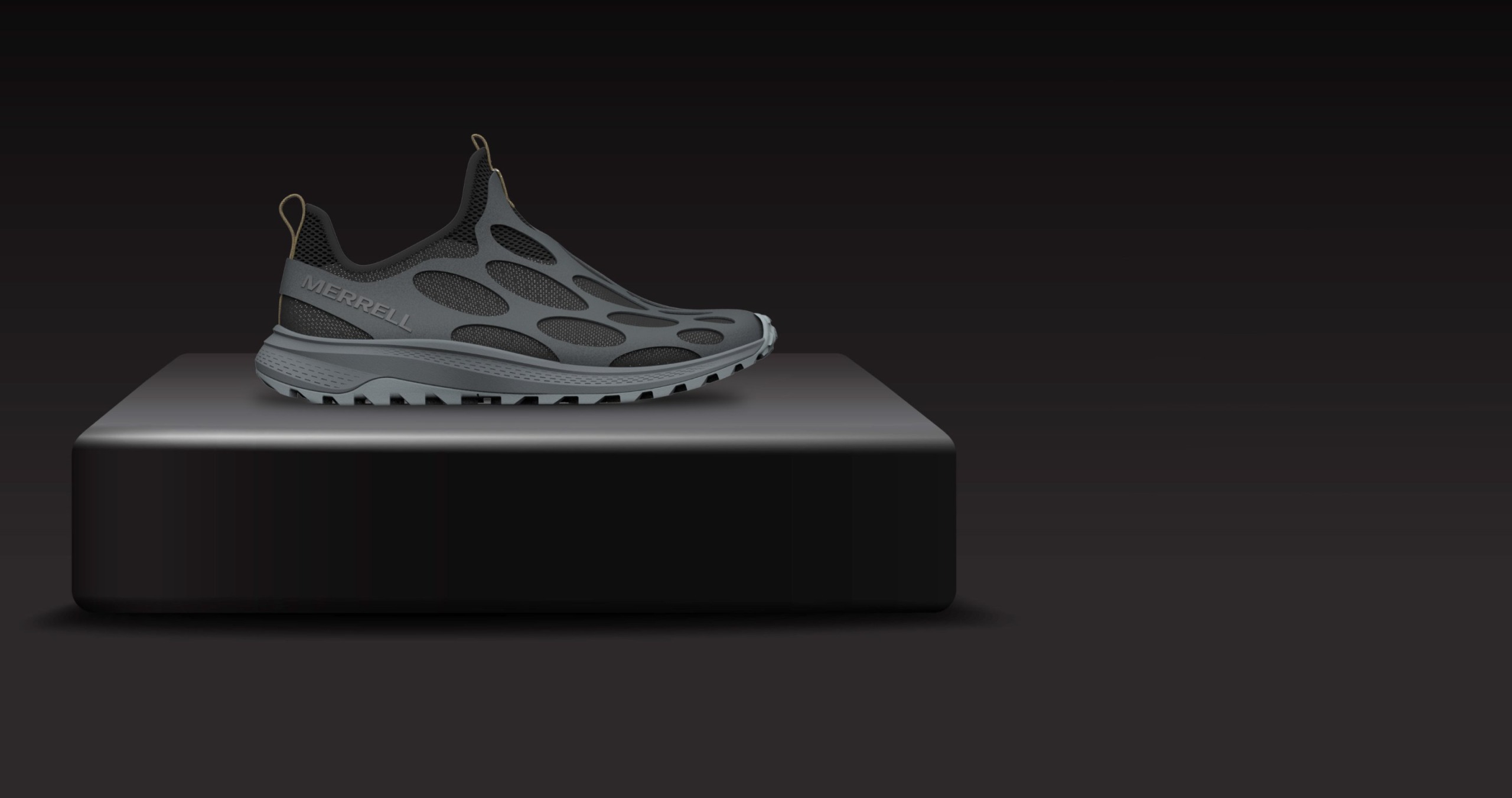“Across our brands, the reporting that we’ve used in the past brought together information from all kinds of different systems, where sometimes you couldn’t determine where that source of truth was. It was a lot of wasted energy trying to figure that out across the brands.”
Jason Miller, Vice President of IT at Wolverine talks about the circumstances before implementing a PLM solution. He continues, “Now, it’s all right there in PLM—no more digging. And if we make a change in one place, it changes across the board in every report, so that’s gonna be a huge time saver for us.” What path did Wolverine take to land on their final choice of Centric PLM?
Nearly 1.5 Centuries in Existence
Based in Rockford, Michigan and established in 1883, Wolverine made a name for itself early in its history with ‘1,000 mile shoes.’ The company has evolved into a global and diverse business model that spans approximately 170 countries and territories around the world. Focused on footwear but also carrying apparel and accessories, Wolverine is organized in three segments: Active, with brands like Merrell®, Saucony® and Sweaty Betty®; Work, housing Wolverine® and Cat®; and Lifestyle, with Sperry® and Hush Puppies®.

Sights Set on Digital Transformation
Senior VP of Global Operations and Wolverine Worldwide, John Burch has been with the company for 35 years in multiple roles that span marketing, sales, acquisitions, sourcing, product development and operations. He recognized early on that digitalization was the key to further growth. “About 10 years ago, I had the opportunity to move our analog design/development processes to fully digital. And along the way, we’ve tried various PLM platforms—both homegrown and bought—but none of them really did all of the things that we needed to do. We put out an RFP. We want to do all the things we’re doing in digital more seamlessly through the entire supply chain process.”
Charlie Hall, Senior Product Operations Manager at Merrell had a background in finance before moving to operations. He says, “I’ve taken a financial perspective and morphed it into the product development team—it’s been really fun. As a part of that we’ve realized the need for systems like a PLM solution, and all those ancillary systems attached to it.”
Hall credits Burch for his foresight. “It’s really been his passion, bringing digital to our development process. From 3D design and development to photogrammetry and digital materials/swatchbook. We understand that to win in this environment, we need to have speed from a materials perspective.”
At a Crossroads
Wolverine had initially considered building an in-house platform for their PLM needs, but evaluated the pros and cons and decided that a dedicated third-party provider was the way to go. “About 12-18 months ago, we reached a crossroads; we determined that we really weren’t going to get any further ahead or have any leverage without investing in a PLM solution,” says Hall. “The product spec is the backbone of the development process, and to not have that digitalized and working with our other digital tools was really hampering us in terms of progress with the speed-to-market initiatives we’ve laid out.”
Hall explains that by going to a digital product, they have the ability to understand and report on what exactly the company’s position is. “Without PLM, all that manual work is not reportable. We exercise a ton of calories just trying to understand where we are without true and accurate reporting—It’s definitely not complete. I would say overall, in order to achieve those operating and financial goals, we need to understand where we are and where we’re going. A digital tool like PLM helps us get there.”
Centric Software for the Win
Wolverine set their business requirements before beginning the search for a PLM platform. They came up with a slate of five vendors and narrowed them down to two, based on fulfillment of the criteria. Hall explains, “Centric’s platform covered the end-to-end for us. We went through the demos, and scored each one of those critical business requirements in the responses provided by our teams and vendors.
At the end of the day, Centric scored the highest. In addition, the relationship we had built with Centric was super positive. That sealed our decision to go with Centric Software.”
“I’m hoping we’ll limit the interfaces that we have to build. The architecture that Centric brings to the game with APIs and the high-speed data exporter is going to be invaluable,” Miller says. “The pieces that jumped out at us from a technology perspective is that they fit nicely within our ecosystem. We’re moving to a cloud-first mentality. The [Centric] interfaces will make our lives easier across the board.”
Expected PLM Benefits
- Time savings:
Wolverine expects to reap many benefits after implementing Centric PLM. Miller says, “The reporting that we’ve done in the past brought together information from all kinds of different systems where you sometimes couldn’t figure out where that source of truth was. So there was a lot of wasted energy and trying to figure out what was what across the brands. Now, it’s all right there in Centric PLM—no more digging. And if the information changes in one place, it changes across the board in every report, so that’s going to be a huge time saver for us.”On the topic of time savings, Hall estimates that moving to Centric PLM saves between 2,500 – 5,800 instances of re-entering data across 500 – 700 active spreadsheets per season.
- Sustainability:
Another benefit is enabling sustainability. Hall says, “For the last few years, the argument has always been that if we have PLM we’ll start to understand the where-used and the material consolidation—all the things that we need from a sustainability and traceability perspective. So we needed a best-in-class PLM tool.”Burch talks about missed opportunities. “We’ve had situations where we’re doing all these great things with sustainability and eco friendliness but we weren’t able to pull the information to communicate it to consumers. Sustainability is important to our industry and people are looking for it. More and more environmental components are becoming available and that changes all the time. Without tools like Centric PLM, it is really hard to be able to trust that every shoe along your supply chain meets that standard if you don’t have that visibility.”
- 3D:
Addressing Centric’s 3D capabilities, Hall talks about putting a CAD file right into a product spec, falling in line with the various expectations around where PLM solutions and digital development as a whole are going and agrees with Wolverine’s 3D roadmap. A concrete result of 3D is that it cuts down on sampling by moving a product further along with digital iterations before any physical sampling takes place.

Visual Assortment Boards
Wolverine is also adding Centric’s Visual Assortment Board, part of the Centric family of Visual Boards empowering buyers, merchants, designers, planners, sourcing, sales and retail teams to view an assortment strategically in a visual pivot table fashion, to strive for optimal performance at retail and a coherent brand experience across all channels.
Sumi Scott, Chief Merchant at Merrell explains how they do assortment planning today. “It’s a lot of screenshotting, cutting and pasting or working with really heavy digital files. And everybody’s sort of doing it their own way. I had an ‘aha’ moment when I saw the visualization of the data. I thought, ‘Oh, yes, that’s what we’ve been missing!’ Being able to cut it by the data attributes will be amazing. And something as simple as picking a color and being able to filter on every shoe in the season on that color, and to be able to say, ‘How does black show up in the line?’ Having the quick ability to do that is really great for our teams.”
Likewise, putting presentations together was a lot of work. Says Scott, “We have such amazing digital assets, but it is still quite a manual process to build some of those presentations. Or, before going into a key account meeting, to put the assortment together, you’re flipping between five or six open files that are huge, and having to resize them.”
She estimates the time-savings. “You could spend a whole day cutting and pasting, trying to get the right assortment together. To be able to visually play with the things that you need, I think it could take only two hours to put together. So that’s a time savings of 75% which is pretty good.”
Centric Market Intelligence
Centric Market Intelligence empowers brands to navigate the constantly changing digital retail landscape by providing AI-powered insights that allow today’s leading fashion, beauty and home brands to optimize their pricing, assortment mix and promotional strategies.
Wolverine is adding Centric Market Intelligence to inform their pricing and assortment strategy. Scott says, “Centric Market Intelligence is another example of technology to streamline our processes. We’re going to start off really simple—what are some easy ways that people can go into the tool and extract that data and start to use it, just so that the teams start going in there more regularly. I’d love for people to spend time in Centric Market Intelligence and be looking at competitive assortment architecture, looking at color assortments that people are offering, and thinking about some of those marketing reports. You could try to imagine the consumer experience of how we want this product to show up and build backwards: what would need to be possible to have the experience that I want?”
CIO & SVP of Supply Chain and Shared Services at Wolverine World Wide, Dee Slater says, “We are excited to have the Centric suite of tools on board at Wolverine. Based on our experience, demos and interaction with Centric Software, I fully anticipate that our speed-to-market will increase, data accuracy will improve and it will free up time for users to focus on more strategic work rather than data entry.”
New to Centric PLM? Learn more
Centric AI Fashion Inspiration Learn more
What is Centric Planning? Learn more
Demand Planning Learn more
Assortment Planning Learn more
Allocation and Replenishment Learn more
What is Centric Pricing & Inventory? Learn more
What is Centric Market Intelligence? Learn more
Centric Visual Boards Learn more















